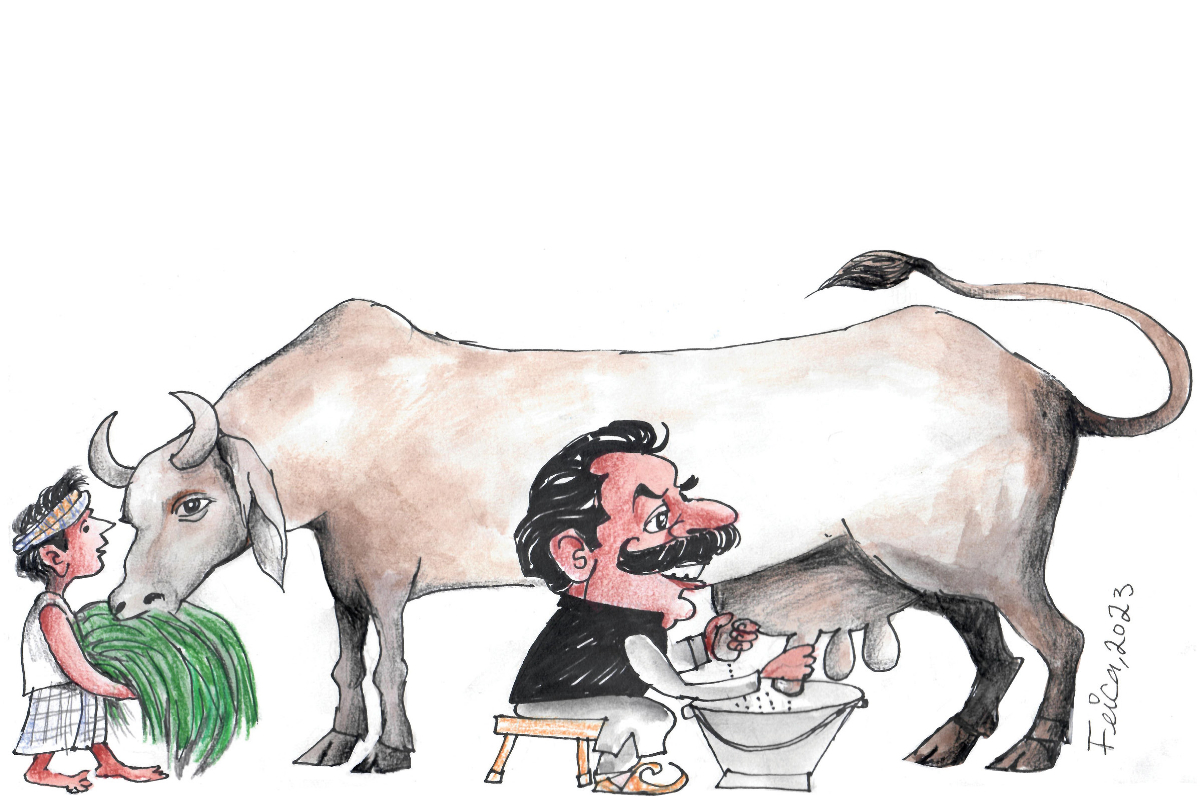
Hostage to the High and Mighty
If the Pakistani economy remains captive to the country’s elite, the crisis will exacerbate
Pakistan’s burgeoning economic crisis is well-known, but to place it in context, let us have a cursory look at the basic facts. Currently, Pakistan’s coffers do not have enough foreign exchange to service old debts and bridge the wide gap between imports and exports.
It needs more and more foreign loans to stay afloat.
In January, more than 7,000 shipping containers were stranded at ports owing to non-payment, or a shortage of dollars. Average inflation (the Consumer Price Index) has rocketed to 27.6 per cent on a year-to-year basis and is set to shoot up to 35 per cent following the recent hike in fuel prices.
In just the last one year, the Pakistani currency has depreciated by almost 90 rupees to a dollar. Thou-sands of factories have shut down, causing rampant unemployment; more than 7 million workers have lost their jobs in the textile sector alone.
In simple words, the crux of Pakistan’s current economic malaise is that as a nation we spend far more than we earn and thus remain in perpetual debt, the cost of which has now become unsustainable for the national economy and unbearable for the masses. This is the crisis of an economy which is in the clutches of a small elite. They have fashioned it to serve their vested interests and to feed a section of society that collaborates with them.
On the receiving end of their avarice is almost half the country’s population, which lives in abject pov-erty. The elite comprise the civil-military bureaucracy, big landlords, big businessmen, religio-political leaders, real estate tycoons, eminent journalists and media-house owners. Their collaborators consist of around 3.5 million government employees and the bazaar (shop-keepers).
The elite consume the lion’s share of wealth produced in the country and remittances coming from abroad, and have created the economic mess we are in by borrowing huge amounts of money to live in luxury, while the loans they have taken are returned through indirect taxes, including inflation, that are left to the poor to deal with.
The country’s entire economic structure is, in fact, skewed in favour of the elite and its collaborators with nominal taxes for the rich, and maximum extortion from the poor and the lower middle class.
Successive governments, meanwhile, ironically all blaming each other for the same sin, have resorted to IMF programmes and enhanced indirect taxes on petrol, diesel and electricity as the easy way out, because the ruling elite does not want to either pay taxes, or abandon their luxuries.
Hundreds of thousands of rich farmers and big landlords are exempt from paying income tax to the federal government. All that the landlords of the country collectively pay annually in provincial taxes, amounts to the paltry sum of a few billion rupees.
There are 2.4 million traders and shopkeepers, while only 30,000 pay direct tax. No government im-poses direct tax on the rest, as they are the collaborators of the elite. Inflation is another way of im-posing indirect tax on low-income people.
How callous the system captured by the elite is can be gauged by a recent example: Luxury cars worth more than one billion dollars were easily imported, even as thousands of ships containing food, raw material for medicines, and industrial raw material were stuck at the ports for the want of foreign ex-change.
More than 25,000 vehicles are available for ministers and officers of the Sindh government, along with free fuel and maintenance funds for them, as opposed to 45 cars in total in the British government’s pool. The loss-making public enterprises of the elite-captured state have taken loans worth Rs2,000 billion, in addition to grants from the national exchequer. Public enterprises such as the PIA, the Pakistan Railways, the Pakistan Steel, power generation companies and others, are sources of patronage for the collaborators of the elite.
Private power projects, aka IPPs, are the prime example of how the elite extort money from the teeming millions through ever-increasing electricity rates.
The Sahiwal Coal Power Plant produces one unit of electricity at a cost of Rs32, as against Rs4 per unit produced by the Thar coal power stations and Rs12 by nuclear-powered plants.
From these IPPs, the elite have minted billions and billions of rupees in kickbacks, or by owning them through front men. Pakistan has the highest electricity rates in the region.
Pakistan’s economy has long been dependent on three major sources of foreign inflows: (a) loans, (b) grants, mainly from the United States, and (c) remittances from expatriate Pakistanis.
The foreign inflows have heavily sustained the prodigal ways of the elite. Remittances have shot up in recent years and loans are available on certain conditions, but the issue now is that the US grants have dried up for the last few years.
The Pakistani economy has been structured in a manner that it is addicted to US financial assistance.
Over the years the United States had doled out generous grants (not loans) to Pakistan, and its economy started growing at an impressive rate of five per cent of GDP, or higher.
Estimates of the grants given by the United States to Pakistan vary between 75 billion dollars to 95 bil-lion dollars. These grants poured in during the 1960s, 1980s and 2000s, when Pakistan was a US ally in the cold war against Communist Russia and in the war against terrorism in Afghanistan.
When the US stopped giving grants to Islamabad, the economy slowed down, registering a 2 to 4 per cent growth rate. Pakistan has been living on borrowed money from abroad for a long time.
It first sought an IMF programme in 1950. At present, the country’s total foreign debt is estimated to be more than 130 billion dollars – more than one-third of its total GDP.
The country needs an additional foreign loan worth more than 32 billion dollars every year for the next three years to avoid default on its foreign payments.
The economy cannot survive without borrowing from the lender of last resort, the IMF, which not only provides dollars, but also gives a health certificate that helps get additional loans from other interna-tional lenders, including financial institutions such as the World Bank, the Asian Development Bank and countries like Saudi Arabia and China.
Pakistan is currently on its 23rd IMF programme and owes it more than 7.8 billion dollars. During the last 75 years, Pakistan has received tens of billions of dollars in aid and loans from the West. So, where has all the money gone? Why is the country so poor that it cannot repay its old debts and has such a huge trade deficit?
The answer is that our ruling elite, except for a brief period during Gen Ayub Khan’s tenure, did not envision or plan an economy that is productive and self-sustaining.
A major structural fault of the Pakistani economy is that it is not as productive as it should be – Pakistan imports more than it exports to the world. The reason: the country’s agriculture is backward (having low per-acre yield), the manufacturing base is small, and human development is dismal.
Tons of money that the country received in terms of grants from America and loans from international organisations was squandered on non-development, unproductive sectors. Only in the 1960s, did Gen Ayub Khan use American aid judiciously, by modernising agriculture (the green revolution), building dams (Mangla, Tarbela) and establishing industrial units through public-private partnership.
Later, in the days of Gen Ziaul Haq (1980s) and Gen Pervez Musharraf (2000s), the US funds were spent on boosting consumption culture, as if it was expected that the stream of dollars would keep flowing in endlessly.
The Pakistani elite have a feudal mindset with a high propensity for consumption and an ostentatious living — all that on borrowed money. The collaborating middle class has rent-seeking behaviour that thrives on a culture of corruption and patronage.
In the 1990s, our governments built motorways, underpasses, and flashy airport terminals, while India set up IT institutes to produce IT professionals and set up industries for exports. India did not build motorways, focusing instead on human development and industrialisation. The re-sult: in 2022, India’s annual exports amounted to 314 billion dollars – ten times that of our exports of around 31 billion dollars.
Today, Bangladesh has foreign exchange reserves of 33 billion dollars, as against Pakistan’s meagre 3.6 billion dollars. And that too, is moot. If the deposits by China and Saudi Arabia are taken into account, it would indicate that Pakistan’s foreign reserves are, in fact, nil. Pakistan lags behind all other South Asian countries in human development indicators. In the 1980s, war-ravaged Vietnam was far behind Pakistan in economic development, with nearly half of Pakistan’s per-capita-GDP. Today, its per capita GDP is twice that of Pakistan’s.
It invested heavily in literacy, vocational training and foreign investment, while Pakistan attached low priority to these areas. When other developing countries were galloping ahead with modern educa-tion, Pakistan was promoting seminaries with a medieval-age syllabi.
Pakistan’s population is growing at a rate twice that of India’s, and its economy cannot feed millions of illiterate, unskilled people. The country did not pursue family planning and population control the way other nations of the region did.
It has a youth bulge, but most of the young people are unemployable. In Pakistan, millions of acres of land are falling uncultivated because the country did not conserve water, dig new canals or modernise its irrigation system by using modern methods (drip irrigation etc), the way other countries did.
As a result, now the country imports food, including wheat, pulses, chickpea, cooking oil, etc. In 2021-2022, it imported food items worth 8 billion dollars. These are the wages of living in an environment that abhors modern knowledge, learning and innova-tion and puts a premium on feudal values and superstitions of the medieval ages.
It is not any particular government that is solely responsible for the country’s economic misfortune, it is the entire ruling elite and their collaborators. Without a radical change in the composition of the rul-ing class, the country is not likely to come out of this quagmire.
For temporary bailouts, Pakistan will keep entering one IMF agreement after another; its currency will keep plunging and inflation will keep rising, thereby further impoverishing the majority of the popula-tion.
The revival of the IMF programme at the cost of the people belonging to the low-income sections of society will only bring temporary relief to the sinking Pakistani economy, as the major structural issues persist, and keep giving birth to one crisis after another.
There is little in sight to suggest that the governing elite, responsible for creating the mess in the first place, will ever try to reform the system and work for a durable recovery. Meanwhile, steroids from the IMF will remain akin to a ventilator and keep the patient that is Pakistan alive for the time being.
Catch all the National Nerve News, Breaking News Event and Latest News Updates on The BOL News
Download The BOL News App to get the Daily News Update & Live News.





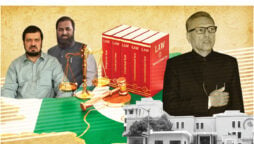
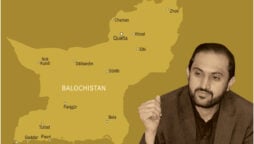
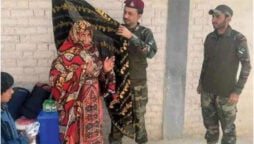
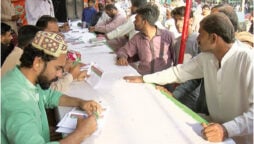
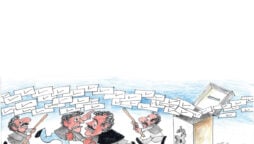
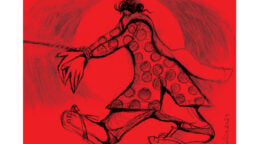

 Read the complete story text.
Read the complete story text. Listen to audio of the story.
Listen to audio of the story.